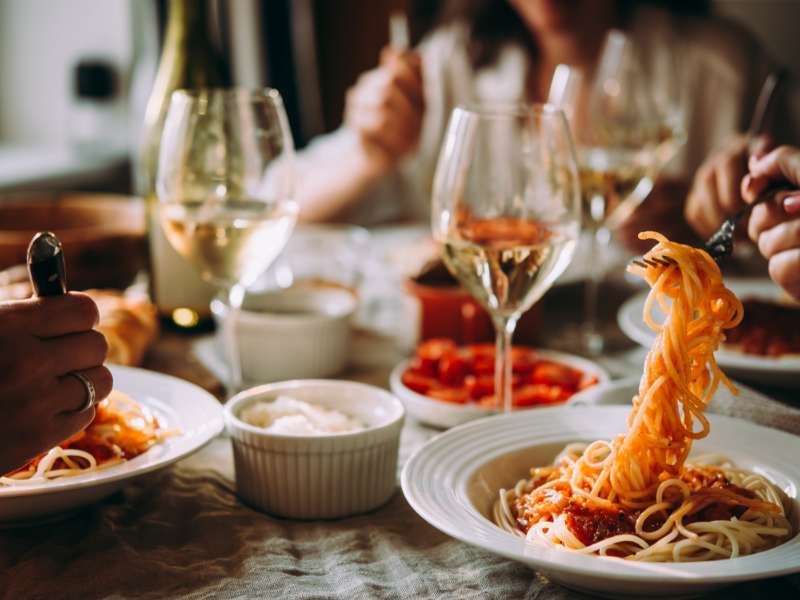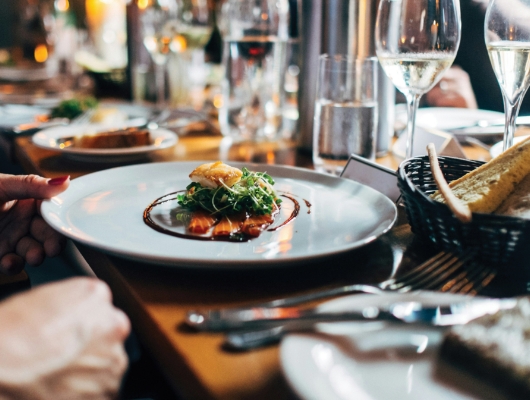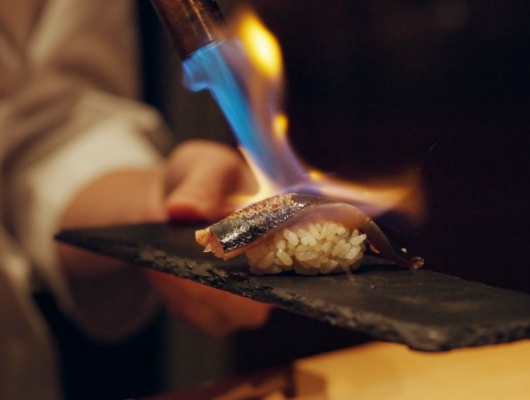There are few businesses that run on tighter margins than restaurants. As a result, it is crucial to maximize every revenue stream possible and that increasingly means looking at to-go orders and delivery. Some of the largest growth in the industry (double digit percentages annually) is coming from to-go/delivery orders and much of that is driven by the fact Millennials gravitate toward restaurants with these options.
Restaurants have cobbled together to-go orders for ages but most never really considered delivery. The expense and coordination of delivery makes it seem not economically feasible, but times have changed. The advent of restaurant delivery services, like Uber Eats and GrubHub, suddenly make that option a reality - and in many cases a necessity.
Meeting that demand, however, takes a little more thought. Creating a simplified delivery menu is a great place start. Not all of your dishes might travel well and you want your customers at home to have a meal as good at home as they would if they were dining in. Your second thought, and possibly even more important, is how are you going to package all this food?
For many restaurants, much thought and time goes into curating the right plates, the right silverware, and the right glassware. All of these things help elevate your food and create your unique dining experience. Such thought should extend to your packaging, both to protect the quality of your food and to reinforce your branding strategy.
For some, inexpensive and generic foam clamshells are sufficient —they’re cost effective, easy to use, and very familiar to customers. For others, foam clamshells might not be the right vessel for your food. Still others might balk at the foam itself - a menu devoted to sustainable food might not quite jibe with non-compostable packaging. Fortunately, there are many options that can fit both your budget and the image you want to uphold.
Foam
Foam to-go options are Inexpensive, easy to store in your kitchen, and are simple to use. They have Great insulation properties and keep hot foods hot and colder foods cold. Improved manufacturing technology has reduced the amount of material used in the packing, lessening the impact on landfills.
Clear/Translucent Plastic
Clear plastic is perfect for showcasing the optics of a dish. Desserts, baked goods, and small, snack like items are great contenders for this packaging. Plastic also excels for dishes with high moisture content that may be prone to leak. Some plastics are even microwave safe.
Hybrid Packaging
This packaging has all the advantages of the foam and plastic but is blended with a natural element. It reduces the carbon footprint of the packaging and, while not fully biodegradable, will more readily break down. Hybrid cutlery, often made with natural starch, is especially strong and reliable - sometimes more so than pure plastic, which tends to be too brittle and prone to breakage.
Paper/Fiber Products
Paper and fiber products Very green= and sustainable options for carry out containers. While they are not always suitable for wet dishes, today’s paper and fiber to-go boxes are much more resistant to grease and moisture, leading to much less disappointment from diners.
Biodegradable Plastic/Foam
As with any new technology, this can be one of the more expensive options but prices are coming down. The extra cost can sometimes be justified by increased customer loyalty as consumers are increasingly making decisions based on sustainability. Adding a pledge to use green products for to-go and delivery orders can be a selling point on your to-go menu.
Yes, you make a stunning crispy chicken biscuit. It makes sense you want to show it off in a clear plastic clamshell. The problem? That package traps moisture. By the time your hungry diner sits down to eat, the chicken is no longer crispy and the biscuit is soggy and falling apart. Not exactly the experience they would get dining in and possibly a lost customer. Instead, try a well vented fiber box or, go simple and wrap that biscuit in a piece of black and white checkerboard deli paper. The biscuit can breathe and you’ve created minimal waste at minimal cost
For other dishes, you might want to consider multiple packages. Sauces and toppings can break or get jostled out of place, either diminishing the taste or ruining the visuals. Consider packaging them separately so the diner can complete the dish when they are ready to enjoy.
In reality, you might need a mixture of products composed of varying materials, to most effectively execute your to-go program. Be sure to experiment with different options to find the one that will work best with your dishes. If you decide to go completely green with your container options, make sure you’ve tested them out so your customers’ meals won’t suffer.
To-go packaging is also a prime branding opportunity. Until your volume can justify it, it might not be cost effective to have customized products made, but there are still options. A roll of stickers with your logo and phone number is one way to go. Even something as simple as an ink stamp can help reinforce your brand. Either way, when consumers have so many options, it can’t hurt to remind them who you are.
Lastly, bags. All those wonderfully stacked and packed boxes have to be transported and kept together somehow - whether by the diner picking up or the delivery service acting as a go between. Plastic grocery store bags can work but, be careful, you run the risk of steaming that chicken biscuit plus, without a flat bottom, the food may slip and slide within their containers. That’s not to say plastic bags don’t have their pluses: wrapping one around a container of soup can help avoid disappointment later. Flat bottomed Paper bags, especially with handles, are a great choice. Just make sure whatever you choose fits your packaging options. The last thing you want is bag that is too small, ripping, and spilling your food everywhere.
A little thought, a little planning, and suddenly you’re the next hot delivery place - helping to make those tight margins a little easier to deal with.
Oh, and whatever you do, don’t forget the napkins…



